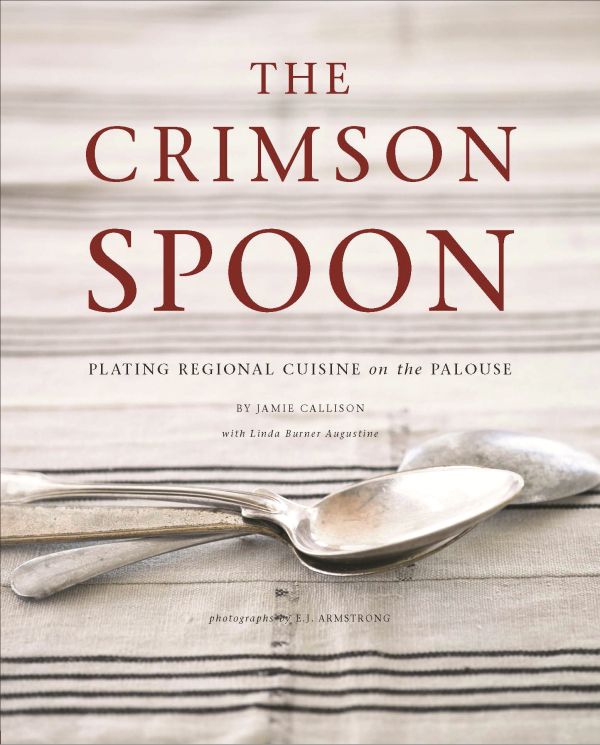Description
On a frigid winter morning, young men and women proceeded toward a lonely brick building on a windy hill above Pullman, Washington. There to enroll in college, many came from farms and were deeply grateful for the opportunity. It was January 13, 1892, thirty years after the passage of Justin Morrill’s Land Grant Act and opening day for the Agricultural College, Experimental Station and School of Science of the State of Washington.
The new scholars received personal attention, which was not always the case at other institutions. Germany’s renowned universities were insulated by design—no one should disturb a professor while he was thinking. Harvard’s Charles W. Eliot followed that philosophy, as did Henry Philip Tappan, president of the state college in Ann Arbor, Michigan.
But in Pullman, as in the country’s other small institutions, even the tumultuous early years revolved around relationships. Third president Enoch A. Bryan shaped the school from 1893 to 1916 and often greeted individuals by name—even as the student population grew. By 1900 the campus had a dozen red brick buildings, all surrounding “The Quad.”
Bryan believed in teaching through experiences, and hired “active learning” advocates like William J. Spillman. Once, speaking to agriculture teachers, the famous researcher told them to skip lectures about oat diseases and instead take pupils to the field to count damaged oat heads. “You are not teaching agriculture, you are studying agriculture with your students.” Interestingly, the college’s chief scientist was also its first football coach.
The campus championed involvement—whether in music, sports, politics, or debate—until for the majority it became an unquestioned value and essential part of learning. Professors were accessible, often inviting students to their homes in the evening. Even decades later former pupils give glowing accounts of their mentors. As they participated in mascot antics, the Greek system, upheavals in student body politics, and the 1936 strike, state college students also deeply influenced faculty and administrators.
Instilling Spirit traces Washington State University’s early decades, offering a unique perspective on the college experience as it developed in the United States and the Cougar community.
Illustrations / notes / index / 176 pages (2015)









